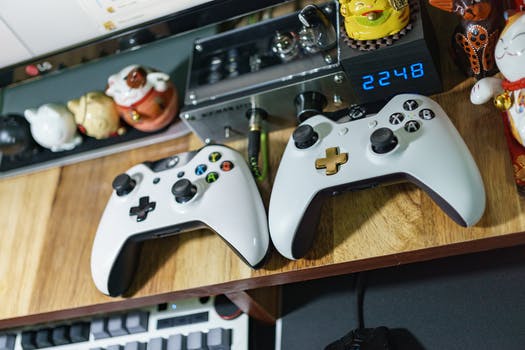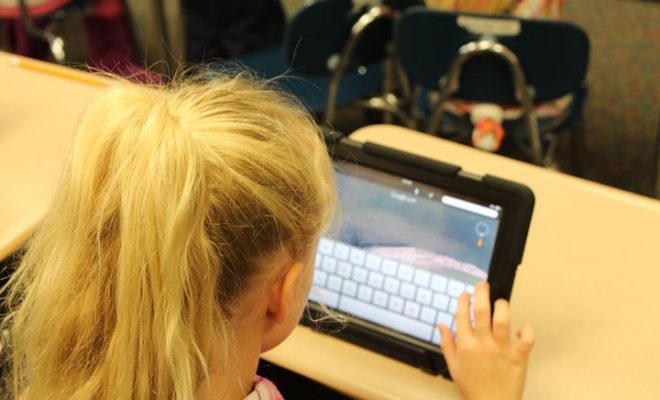Helping Your Child Manage Digital Distractions at Home

It should come as no surprise to teachers or parents that the same digital devices that help students to complete schoolwork also serve as distractions. Your child may be tempted to play a few more games or check their social media account during their homework time. All of these small things can add up to become a major drain on their time, causing their schoolwork to suffer and grades to decline. We must learn to adapt to this new age and help children manage their digital distractions.
How can you help your child to limit the number of things that are vying for their attention on digital devices? It starts by taking a few of these simple steps to help students understand how to focus fully on their tasks.
Keep planners and to-do lists on paper.
Many schools are encouraging students to make the switch to a digital planner, but this may not be as effective as the traditional version. Keeping everything in one place makes it easy to access information at any given time. However, it also allows children a space to write down their family activities and extracurricular commitments. These items are not usually able to be added to an online homework planner. As an added bonus, using paper planners has been proven to lower anxiety and improve prioritization.
Encourage them to track how much time they spend online.
Do you know how much time you spend online each day? Most of our students have no idea how much time is truly spent on their devices each day. Online tracking apps such as Moment can help to determine how much time you are truly spending on the internet. While this does include both schoolwork and leisure time, it can help to give children a more realistic picture of their technology usage. They may decide that the digital distractions simply aren’t worth it because they would rather pursue their hobbies in that time.
Compartmentalize the work.
Experts recommend compartmentalizing the work that students need to do in order to prevent distractions. This means to group together similar assignments so that they can better focus on the work at hand. One of the more effective ways of compartmentalizing the work is known as the Pomodoro method that breaks it down into thirty-minute segments of time. Students will spend 25 minutes working before breaking for the remaining five minutes. This is a great way to keep them focused on a task for short periods of time.
Block unnecessary distractions.
If your child is consistently tempted by the same sites, you may want to try installing a blocker during homework time. Apps like SelfControl can help you to set specific times of day for homework time and then block the unwanted distractions during these times. While you may have some resistance at first, your child is likely to be grateful for the help managing their time in the long run.
Managing digital distractions is going to be a necessary part of the classroom experience for students. Parents need to know how they can best help their student to stay on track and focused on their academics. Using some of these tools and techniques, parents may be able to help their children regain hours of their time from digital distractions each week.






